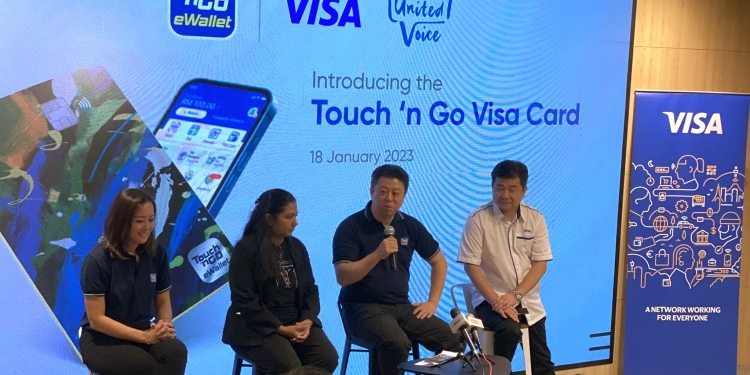After more than a year of waiting, Touch ‘n Go has finally introduced its physical TNG Visa card that’s linked to its eWallet. The partnership with Visa allows Touch ‘n Go eWallet users to make payments globally at any merchants or terminals that can accept Visa including paywave. While this is a great way for Touch ‘n Go eWallet to go beyond just QR payments, a lot of people were very unhappy that the new card couldn’t be used as a regular TNG card. This means it won’t work with old-school TNG terminals at highway toll plazas, car parks and public transport.
Why are people pissed with TNG’s new eWallet-linked Visa card?
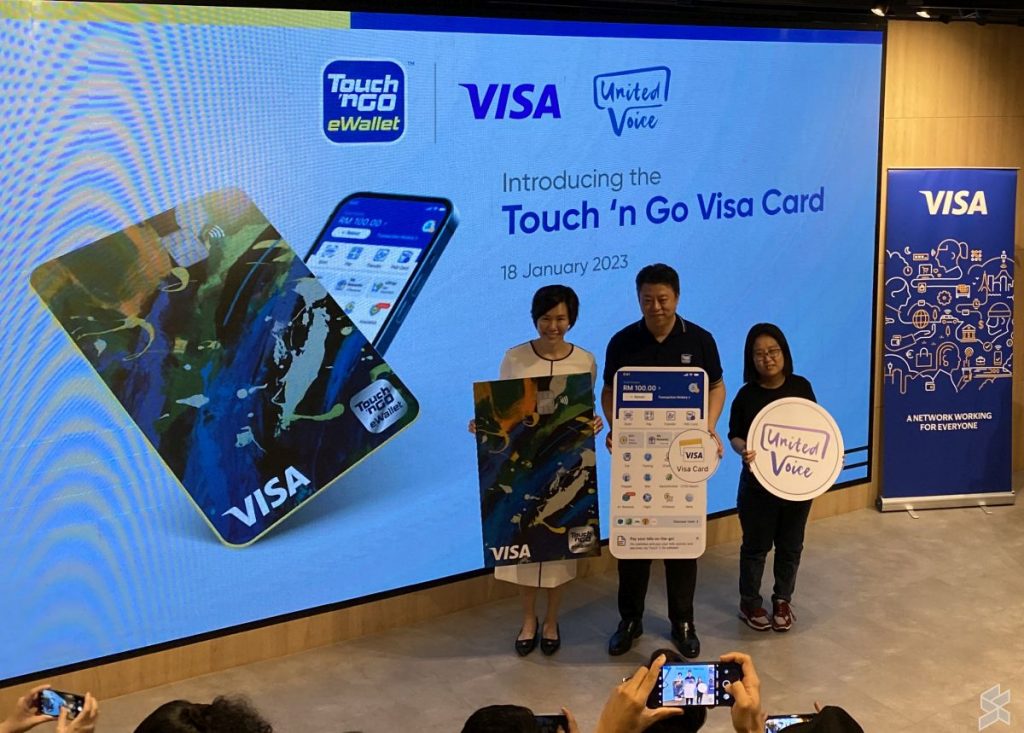
From the responses on Twitter, many were expecting the Touch ‘n Go Visa Card to also function like a regular Touch ‘n Go card which is clearly a mismatch of expectations. The Touch ‘n Go Visa is essentially a Visa Prepaid card that’s linked to your eWallet, which is similar to BigPay, MAE and GoPayz. As usual, people continue to voice out about how Touch ‘n Go is a monopoly and accused them of releasing a half-baked product.
Why can’t Touch ‘n Go Visa be used on TNG terminals at tolls, parking and public transport?
During the event, Touch ‘n Go Digital CEO Alan Ni explained that they have tried to integrate both Touch ‘n Go and Visa Paywave in a single card but they are unable to do so due to technical challenges. He shared there were interference issues to include both chips for TNG and Visa payments.
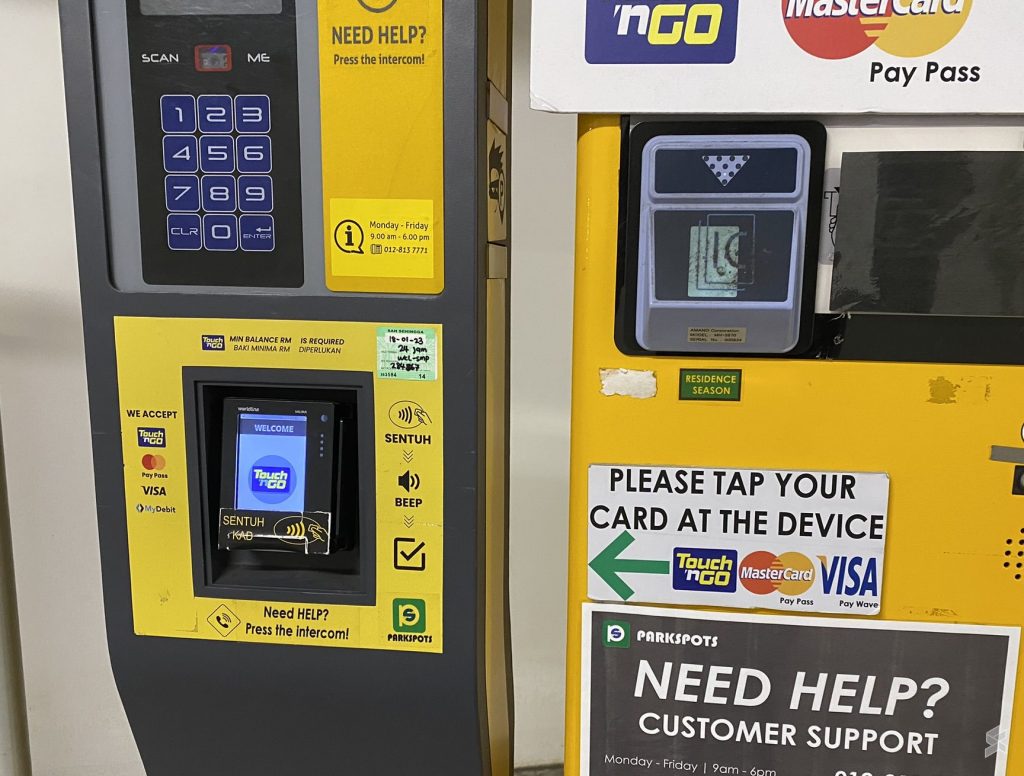
In a way, this kind of makes sense as putting two different contactless payment technologies may cause confusion and conflict on card terminals at car parks that accept Touch ‘n Go, Mastercard PayPass and Visa Paywave. For example, when a user taps the card during entry, it may read Touch ‘n Go but during exit, it may detect Paywave which may cause the user to get stuck as the system couldn’t match the entry and exit records.
Touch ‘n Go would probably have considered doing a double-sided card approach to separate both technologies, but this may cause a different set of problems like the “double-sided” Touch ‘n Go card issue with PayDirect. To avoid any issues or confusion, the new TNG Visa was released solely as a Visa card with no added functionality besides being the first numberless card to be issued in Malaysia. In fact, if you look at the TNG Visa card design, there’s only the Touch ‘n Go eWallet logo.
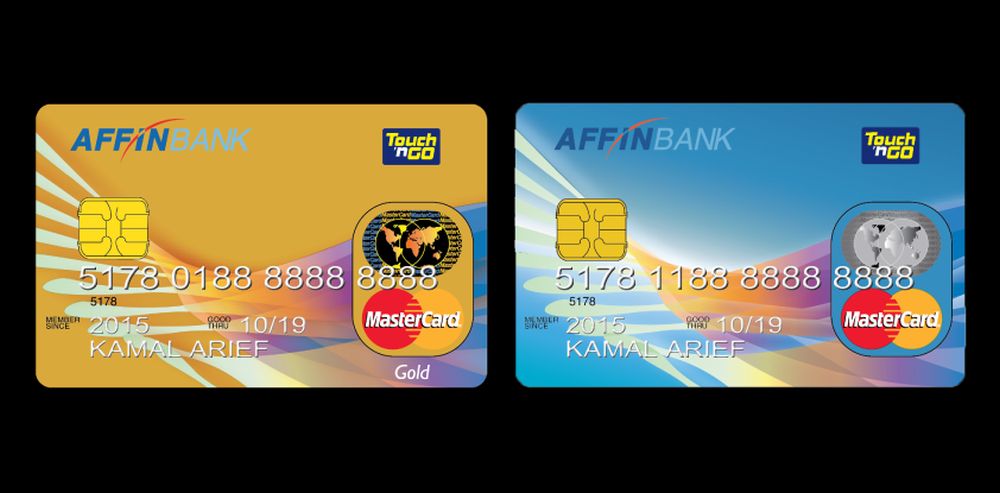
Some have pointed out that AffinBank had previously managed to combine a credit card and Touch ‘n Go in a single product as shown above. However, if you look closely, it doesn’t carry Mastercard’s PayPass or contactless logo. This means that the credit card doesn’t support contactless payment, so it was possible to embed a Touch ‘n Go feature without interfering with the credit card’s functionality. This is the same situation with our national MyKad IC as Touch ‘n Go is the sole contactless feature. The AffinBank Touch ‘n Go cards were eventually discontinued in 2020 and were replaced with newer Mastercards with PayPass but without the Touch ‘n Go integration.
Touch ‘n Go brand doesn’t work in the digital era
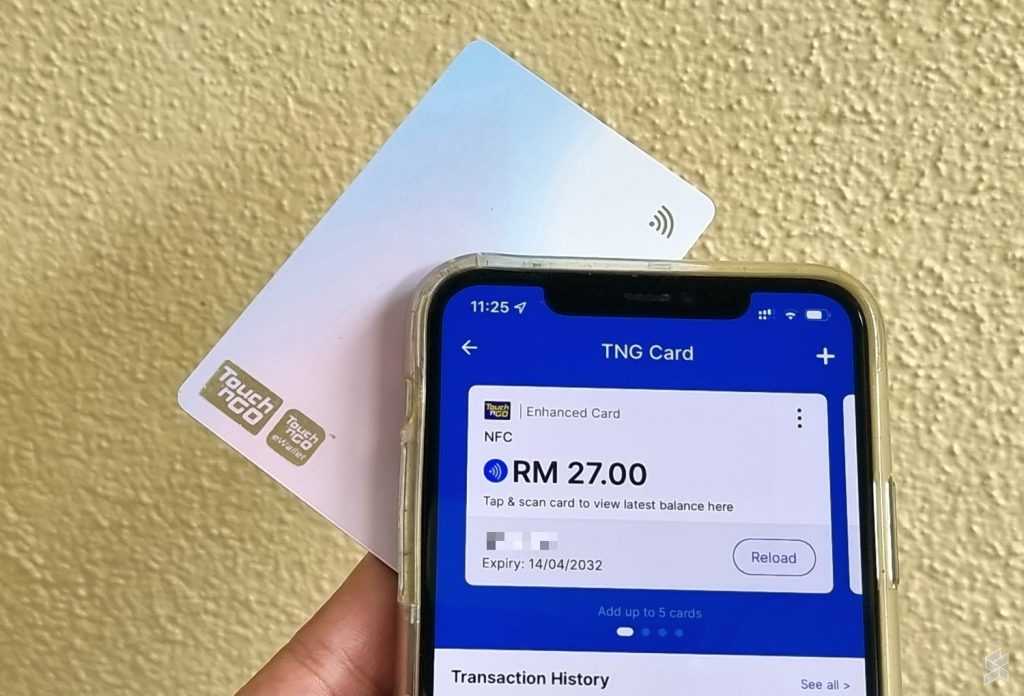
The Touch ‘n Go brand is synonymous with toll payments, paying for car parks and public transport for the longest time. When the company started its eWallet business, it formed TNG Digital, a joint venture with Alibaba’s Ant Financial Group. Using the same “Touch ‘n Go” name, not many people are aware that Touch ‘n Go and Touch ‘n Go Digital are two separate entities.
When the first version of Touch ‘n Go eWallet was launched, we scrutinised its decision to use QR for payment instead of NFC. As mentioned by Rory, “I don’t know why they didn’t just use the NFC technology built into most modern smartphones. I mean, they are called “touch and go” not “tap-your-screen-scan-a-QR-code-authenticate-with-6-digit-PIN and go” right?” There was also initial confusion about the Touch ‘n Go eWallet balance as some assumed that it is linked to the physical TNG card. Some were even frustrated that they can’t tap their phones on TNG terminals or even make direct reloads to the card from the app.
Before the arrival of the Enhanced Touch ‘n Go card with NFC, the company tried to allow eWallet users to reload their physical Touch ‘n Go card in 2018. However, it was simply the dumbest way to reload as you are required to “collect” the credit at only two “Pick Up Devices” nationwide.
The Touch ‘n Go brand has reputational baggage and all of these issues could have been avoided if it introduced a new brand for its eWallet and subsequent digital products. After all, new digital products including the Visa card don’t really require any “touching” at all as it primarily involves QR codes, in-app or wave.
Imagine if Touch ‘n Go Digital used “Go Plus” as their digital payment brand and the latest card is called Go Plus Visa. That would have created a clear separation from Touch ‘n Go and people wouldn’t expect the new Visa card to work for toll payments. At the moment, Touch ‘n Go products are fragmented with TNG, Enhanced TNG with NFC, TNG PayDirect, TNG eWallet, TNG RFID and now TNG Visa, so it is not surprising that consumers can get confused.
Whenever Touch ‘n Go is being argued online, the public always brings up the old argument about Touch ‘n Go being a monopoly for highway toll payments. As revealed by previous Works Minister Fadillah Yusof, the Touch ‘n Go monopoly for highways will end in 2025 when MLFF is implemented with RFID. Before Malaysia can remove all barriers and physical toll lanes on the highway, there are still several things that need to be addressed by the Ministry of Transport, Ministry of Works and the Ministry of Finance.
Related reading
- RFID Malaysia: Here’s what these 3 ministers need to do to get rid of highway toll barriers
- Touch ‘n Go Visa card now available to all eWallet users, accepted worldwide where Visa is accepted
- TNG eWallet Money Packet: This is probably the coolest way to distribute Ang Pow this CNY
- Touch ‘n Go Visa Prepaid card rolling out to more eWallet users, no application or renewal fees for now

